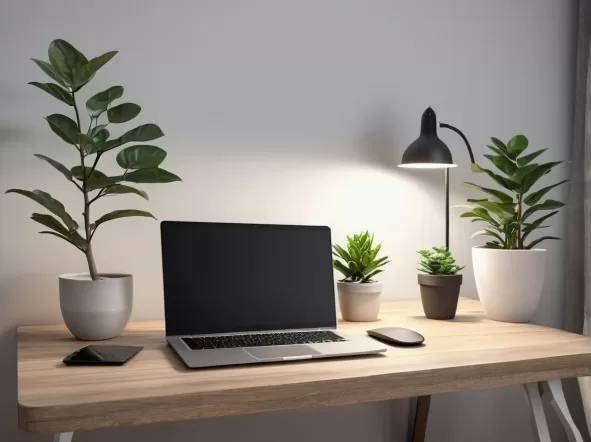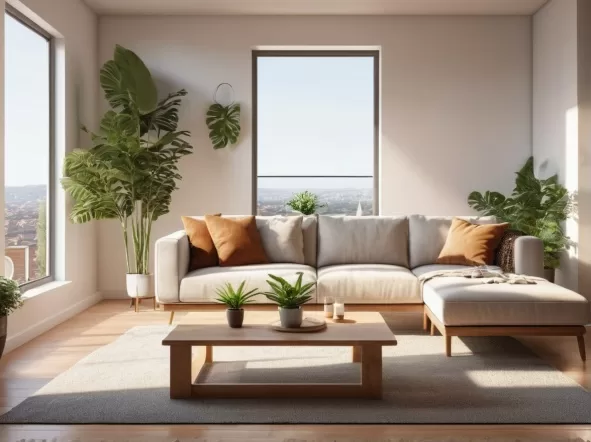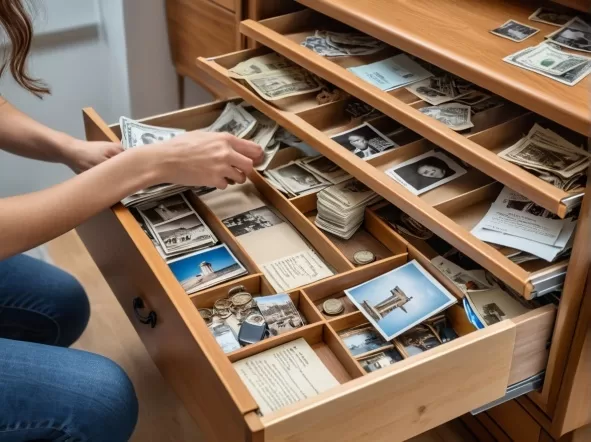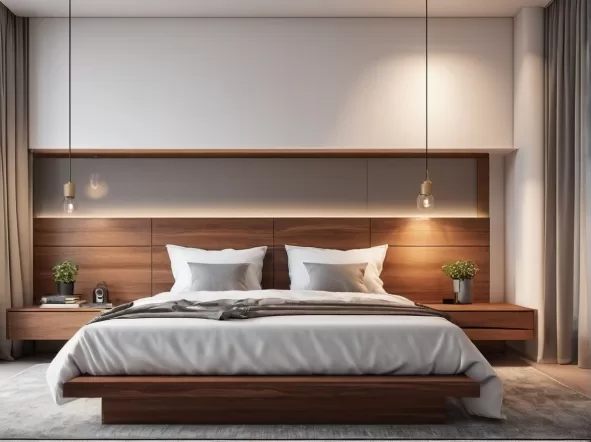How to Declutter Your Space: A Step-by-Step Guide to Minimalism

Our homes are meant to be places where we retreat from the world to find tranquility. Yet, for many of us, they become cluttered spaces that feel overwhelming. Decluttering is not just about getting rid of physical objects; it’s about reclaiming our environment, freeing our minds, and embracing a lifestyle that aligns with our true needs. This journey to a simpler, more meaningful existence is what minimalism offers.
We’ll walk through a comprehensive guide to decluttering your space and adopting minimalism step by step. This guide will offer fresh insights to help you transform your space and your life.
Introduction
In a world overflowing with consumerism and material excess, many people are turning to minimalism to simplify their lives. Minimalism isn’t just about getting rid of things; it’s a conscious decision to focus on what truly matters.
Research shows that clutter has a significant impact on our mental well-being. A study from UCLA’s Center on Everyday Lives and Families found that individuals with cluttered homes experienced higher levels of cortisol (the stress hormone). Meanwhile, a report from the National Association of Productivity & Organizing Professionals reveals that 54% of Americans are overwhelmed by the clutter in their homes.
Minimalism offers a solution to this overwhelm. By adopting a minimalism-based lifestyle, you can reduce stress, increase focus, and create a living environment that truly supports your goals and values. But how do you get started? Let’s dive in.
1. The Foundations of Minimalism
Before you begin decluttering, it’s essential to understand the philosophy behind minimalism. Minimalism is the intentional promotion of the things we value most and the removal of anything that distracts us from those things. It’s about living with less but gaining more. More time, more clarity, more peace.
a. Why Minimalism?
The average American home contains over 300,000 items, according to a report by the LA Times. That’s a staggering number of things! We are constantly acquiring, yet research shows that material possessions bring only temporary happiness. Minimalism is about curating a life where fewer possessions equal more freedom and joy.
b. The Benefits of Decluttering
- Mental Clarity: Clutter bombards the mind with excessive stimuli, making it difficult to focus and relax.
- Financial Freedom: By reducing the urge to constantly buy new things, minimalism encourages mindful spending.
- More Time: Less stuff means less cleaning, organizing, and maintaining, freeing up valuable time for things that truly matter.
- Sustainability: Owning fewer items reduces our environmental footprint, aligning with eco-friendly living.

2. Step 1: Defining Your Why
Decluttering can be an emotional process, so it’s crucial to define your motivation before you begin. Ask yourself: Why do I want to embrace minimalism? Maybe you’re seeking more space, less stress, or a simpler lifestyle. Clarifying your “why” gives you the resolve to push through moments of difficulty during the process.
a. The Emotional Attachment to Stuff
Many of us attach memories and emotions to physical objects. The trick is to separate the memory from the object itself. Holding on to items out of guilt or nostalgia only creates clutter. Instead, try taking photos of sentimental items and let go of the physical burden.

b. Setting Realistic Goals
Start small. Trying to declutter an entire home in one weekend can feel overwhelming. Instead, set manageable goals—such as decluttering one room at a time or spending just 15 minutes each day organizing.
3. Step 2: The Decluttering Process
Decluttering is a marathon, not a sprint. Here’s how to approach it methodically:
a. The 4-Box Method
The 4-Box Method is a simple system that helps you make clear decisions about your belongings. Label four boxes as: Keep, Donate, Trash and Relocate
As you declutter each space, place items into one of the boxes. This method ensures you touch each item and make an intentional decision about its place in your life.
b. Decluttering Room by Room
Start with the least emotional spaces, such as the kitchen or bathroom. These areas typically contain fewer sentimental items, making it easier to build momentum. Afterward, move on to more challenging spaces like your bedroom or living room, where personal items are often stored.
c. Marie Kondo’s “Spark Joy” Method
Marie Kondo, a well-known figure in the decluttering world, suggests keeping only items that “spark joy.” While this may seem whimsical, it’s surprisingly effective. Hold each item in your hands, and if it doesn’t bring you happiness, it’s time to let it go.
4. Step 3: Organizing Your Space
After decluttering, organization is the next step. Here’s how to create a minimalist and functional space:
a. Storage Solutions for a Minimalist Home
While minimalism emphasizes less, it doesn’t mean you won’t have any belongings. The key is to store things in a way that maintains the clean and open aesthetic of a minimalist home.
- Use multi-functional furniture like storage ottomans or beds with built-in drawers.
- Maximize vertical space with shelves or cabinets that go up to the ceiling.
- Limit visible storage: Instead of open shelves filled with items, opt for closed storage solutions to reduce visual clutter.
b. Embrace Negative Space
In minimalism, empty space is a good thing. Negative space gives the eyes room to rest and creates a feeling of openness. Resist the urge to fill every surface. Sometimes, less is truly more.

5. Step 4: Maintaining Minimalism
Decluttering is only the first step. The real challenge is maintaining minimalism over the long term.
a. One In, One Out Rule
For every new item you bring into your home, remove one. This keeps your space from becoming cluttered again and forces you to be intentional about new purchases.
b. Regular Decluttering Sessions
Minimalism isn’t a one-time process. Schedule regular decluttering sessions—whether monthly or seasonally—to reassess your belongings and ensure that your space stays clutter-free.
c. Mindful Consumption
Minimalism teaches us to be conscious consumers. Instead of impulse buying, focus on purchasing high-quality items that are durable and serve a purpose. This reduces waste and aligns with the minimalist ethos of owning less but owning better.
6. Minimalism in Other Aspects of Life
Minimalism isn’t just for your physical space, it’s a mindset that can be applied to other areas of life as well.
a. Digital Declutter
Your digital space can be just as cluttered as your home. Declutter your email inbox, organize your digital files, and limit the number of apps on your phone. A study by the University of California found that digital clutter can increase stress levels just like physical clutter.
b. Minimalist Calendar
Reduce the chaos in your schedule by cutting out non-essential activities. Focus on commitments that align with your goals and values, and leave room for downtime.
c. Financial Minimalism
Adopting minimalism in your finances means cutting unnecessary expenses and simplifying your budget. Focus on saving, investing in experiences, and eliminating debt to gain financial freedom.
Conclusion
Decluttering your space is more than just a weekend project. It’s a transformative process that leads to lasting change. Minimalism teaches us to live with intention, focusing on the things that truly matter. By following this step-by-step guide, you’ll not only create a more organized home but also foster a mindset of simplicity and mindfulness that extends far beyond your living room.
Minimalism offers a path forward that may be challenging, but the rewards are immeasurable: a life with more clarity, less distraction, and the freedom to focus on what matters most.
